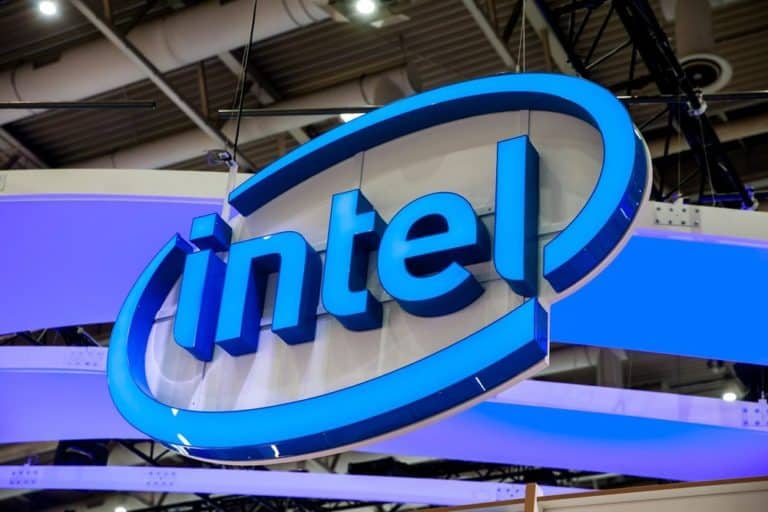The drive to continue tuning and connecting our networks never ceases. As we now build out the global fabric of cloud computing services and interweave those service channels and data points with existing terrestrial installations and contemporary private cloud instances, there’s a lot of connectivity happening.
Intel clearly thinks it has a role to play in this space as it this month announced a new connectivity analytics programme which it hopes will help wireless service providers generate and capture networking system insights. In this case, that means system reports detailing general network health, higher-level security status and quality of service.
Network nodes & nuances
At a more granular level, it also includes data relating to customer/user experience depending on the nature of the applications and services being delivered in any given network node or nuance of total network service.
The program is available to worldwide and is being integrated with new programme participants Wyebot (a wireless intelligence platform specialist) and Ambeent (a cloud-based AI-powered platform designed to bring order to the chaotic unlicensed spectrum on which Wi-Fi networks operate). The union with these firms is not to help give chip-maker Intel additional validity and capability in the wireless space – even if that appears to be the first impression here – it is to enhance the wireless services that both firms currently offer.
“We rely on PC connectivity more than ever in our daily lives, from cloud applications and services access to communication with colleagues and customers. Through our extensive PC footprint, Intel is positioned to deliver value to companies who can [use] client connectivity and local network environment insights to enhance solution offerings for their customers,” said Eric McLaughlin, Intel vice president of the company’s client computing group and general manager of the Intel wireless solutions group.
From feature to formalisation
Keen to explain how its services originate, develop and progress from being formative ideas into formalised products and services, Intel explains the origin of Intel Connectivity Analytics (ICA) and says that it started as a feature collaboration with Cisco. This feature project (at the time) was built to enable Intel-based PCs to share client information securely with Cisco access points to facilitate IT network and device management. It was also engineered to offer proactive customer support. Interesting enough (and arguably valid explanation enough) to see how the technology itself grew from a feature function to a more fully-blown offering and branded Intel initiative.
The Intel Connectivity Analytics programme progressed the initial offering, providing selected application and service providers with the opportunity to engage with Intel connectivity experts to enhance solutions with incremental PC client and network environment information.
“As more service providers join the Intel Connectivity Analytics program, greater awareness of connectivity issues and challenges on managed devices will support the development of new innovations around PC networking and ultimately enable better user experiences,” claimed McLaughlin and team.
The aforementioned Intel Connectivity Analytics program participants Wyebot and Ambeent detail their work in this space.
Wyebot aims to clarify the performance and reliability of Wi-Fi networks as it delivers end user experience metrics. Wyebot’s Wireless Intelligence Platform (WIP) aims to protects business continuity by eliminating disrupting Wi-Fi issues from any location before users know there’s a problem. The company uses Intel Connectivity Analytics to enhance its own technology for the mobile workforce and complement its existing sensor technology to provide organisations with a platform for Wi-Fi automation.
Ambeent (pronounced ambient) is a network intelligence company focused on the management of Wi-Fi and 5G technologies. It provides visibility, contextualized management and optimisation of networks while alleviating spectrum and Wi-Fi constraints without any hardware or software upgrade requirement.
Explaining where the dovetail point here exists, Ambeent says it is working with Intel to integrate Intel Connectivity Analytics to enhance its network diagnostic and optimisation cloud engine. By using the PC as a sensor and making use of PC Wi-Fi analytics, Ambeent claims that Internet Service Providers and managed service providers (and enterprises too, where there is a need) can improve user experience and security, while reducing revenue loss and call centre support costs.
How does it work?
Intel reminds us that its chips power PCs across all major user segments i.e. corporate, industrial, government, education and consumer. Subject to end-user and managed service provider consent, Intel Connectivity Analytics can be implemented by service providers to provide hardware and software-based insights that can help service providers understand local network conditions from the PC user’s perspective.
Capabilities here can help service providers support the following types of issues:
- Network performance optimisation (useful for system health).
- Dynamic bandwidth adjustment for critical usages (useful for quality of service).
- Security threat detection and issue resolution (useful for security).
- Asset tracking and facility resource management (useful for sensing/location).
- Client networking performance monitoring and technical support (useful for user experience/support).
With its long history in connectivity at the chipset level, it makes logical enough sense to see Intel working outwards in the wireless connectivity space. Given the degree to which the major cloud hyperscalers work with processors (AWS and its work on the Graviton line in particular, Microsoft’s work with Arm Ampere Altra processors, the wider use of Nvidia chips and Google’s custom-developed Tensor Processing Units (TPUs) Application-Specific Integrated Circuits (ASICs) used to accelerate machine learning workloads) and the degree to which wireless networks depend upon cloud backbones, Intel clearly wants to make sure it has plenty of skin in the game.
Hold on please caller, a system update is about to happen.
